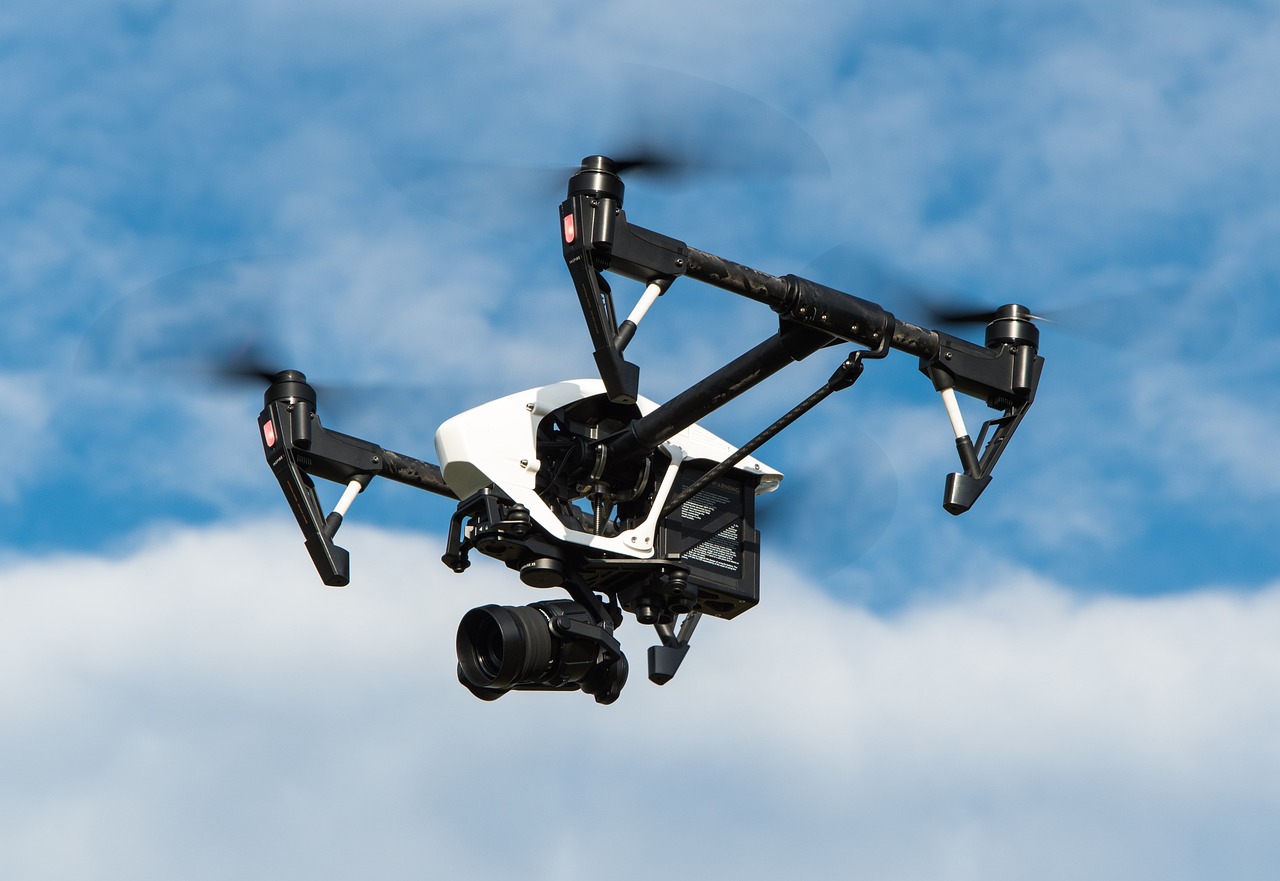Explore how cybersecurity is evolving in an age of hyper-connectivity. Learn about emerging threats and how to stay protected in today’s digital world.
We live in an era of hyper-connectivity—where smartphones, IoT devices, cloud services, and remote networks link billions of people and systems across the globe. While this connectivity brings incredible convenience and innovation, it also opens the door to a rapidly expanding cyber threat landscape.
As cyberattacks grow in frequency and complexity, cybersecurity has never been more critical. In this article, we explore how to navigate the risks and protect our digital lives in the age of hyper-connectivity.
Hyper-connectivity refers to the constant and seamless interconnection of people, systems, and devices through digital technologies. This includes:
- Smartphones and mobile apps
- Cloud-based platforms
- Internet of Things (IoT) devices
- Smart homes, vehicles, and cities
- Social media and collaborative tools
This level of connectivity increases productivity—but also expands the attack surface for cybercriminals.
Cyber threats are becoming more sophisticated, targeted, and damaging. Key threats include:
Hackers encrypt a victim’s data and demand payment for its release. These attacks have targeted hospitals, schools, governments, and businesses.

Fraudulent emails or messages trick users into revealing sensitive information or installing malware.
Many smart devices lack strong security protocols, making them easy targets for hackers.
Attackers exploit third-party vendors to gain access to larger systems, as seen in major breaches like SolarWinds.
Sensitive personal or financial data is stolen and sold on the dark web, often due to poor access controls or weak passwords.

Traditional cybersecurity models are no longer sufficient. Today’s environment requires:
- Real-time monitoring
- Zero-trust architecture
- AI-driven threat detection
- Proactive risk management
The shift toward remote work, digital transactions, and cloud computing means that security must be built-in, not bolted on.
Assume no user or device is trustworthy by default—even within your network. Authenticate everything.

Protect data in transit and at rest using strong encryption standards.
Require multiple verification methods to access accounts, significantly reducing unauthorized access.
Keep software and firmware up to date to eliminate known vulnerabilities.
Human error is still the #1 cybersecurity risk. Ongoing training and awareness are essential.
AI helps detect anomalies and prevent attacks in real time.

Provides tamper-proof logs and enhances trust in data transactions.
May revolutionize cybersecurity with near-unbreakable encryption methods.
- Colonial Pipeline Attack (2021): Disrupted fuel supply across the U.S. East Coast due to a ransomware breach.
- Facebook Data Leak (2021): Data of 533 million users exposed due to poor security settings.
- Log4j Vulnerability (2021): A widespread flaw in a common Java library affected millions of systems.
These examples highlight the real-world consequences of weak cybersecurity in connected environments.
- Use unique, strong passwords for every account
- Enable MFA whenever possible
- Be cautious of suspicious emails or links
- Keep software updated
- Use a reliable antivirus and firewall
- Avoid using public Wi-Fi for sensitive tasks
In the digital age, cybersecurity is not optional—it’s a necessity. As we continue to embrace hyper-connectivity, we must also adopt smarter, more adaptive security practices. By understanding the threats and implementing modern defense strategies, individuals and organizations can protect themselves in an increasingly connected—and vulnerable—world.

